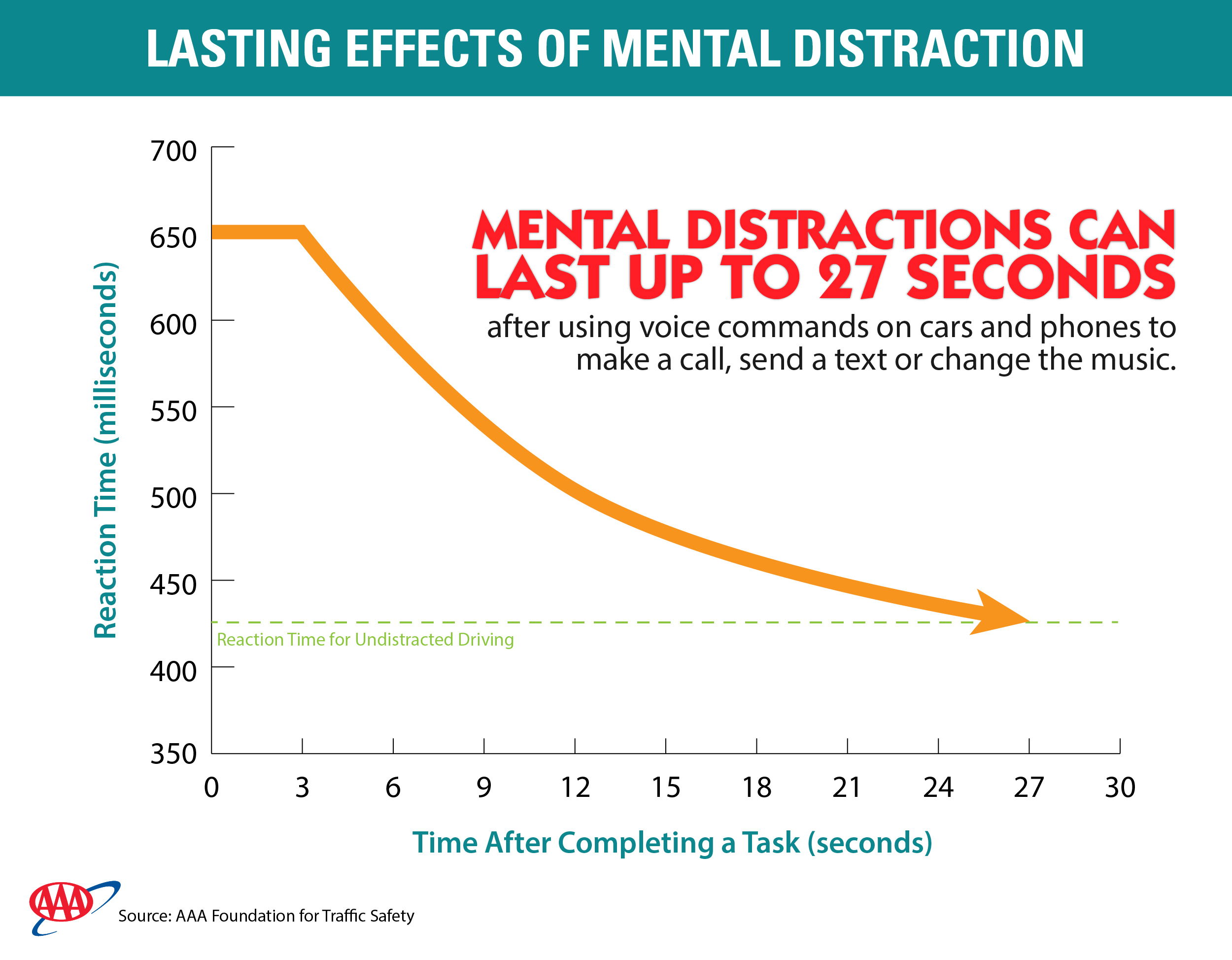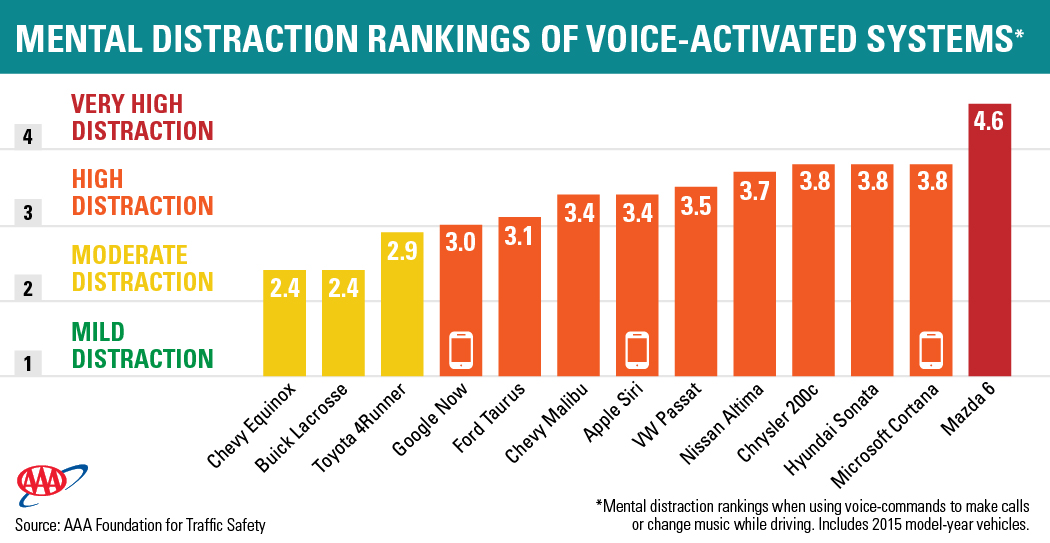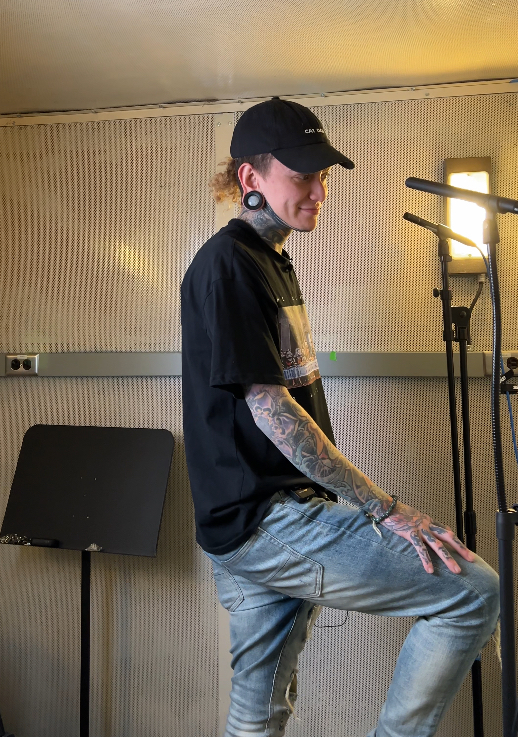“Breathing Life into Breakthroughs: How the University of Utah Fosters Science Communication that Matters” In a world where scientific discoveries have the power to transform lives, the most pressing question remains: how do we ensure that groundbreaking research reaches those who need it most? At the forefront of this conversation lies the University of Utah, a beacon of innovation and collaboration that’s changing the game of science communication. By harnessing the potential of research to drive meaningful impact, the University of Utah is pioneering a new era of science storytelling that’s as accessible as it is impactful. In this article, we’ll delve into the exciting world of “Your Science, Your Voice: Communicating Research for Impact” – a movement that’s redefining the relationship between science, society, and the people who drive it forward.
Unraveling the Mystery of Deathcore Vocals

Deep within the labyrinthine halls of a Utah imaging research center, a gaggle of voice scientists crowded around a small window with expressions of utter astonishment. Trading theories in hushed voices, they peered into the tiny, soundproofed room where their study participant got ready to do what he did best. As the University of Utah researchers watched, he cupped his ears, opened his mouth and roared: a guttural, crocodilian rattle that rolled out from the two-way mic.
To those unfamiliar with Will Ramos’ oeuvre, which includes the songs “Chokehold” and “Hammer Smashed Face,” the sound seemed almost inhuman. But as one of the biggest names in the musical genre known as deathcore belted out another note—this one strangely resonant, as if he stood in a cave instead of a cramped recording lab—he proved that the human voice is an instrument that defies expectations.
To understand that instrument, the researchers embarked upon a comprehensive scientific study of the harsh vocals that characterize deathcore and other genres, revealing for the first time the complex internal acrobatics that produce these unique sounds.

The Anatomy of a Scream: Internal Vocal Acrobatics
Collecting high-quality sound recordings was the first step in the research process. Capturing each note in the absence of background noise or instrumental accompaniment let the researchers define the precise acoustic differences between, for instance, a “moose scream” and a “pterodactyl scream.” They could also start to predict which parts of the vocal anatomy, from the larynx to the lips, control different aspects of each sound.
But especially in cases like Ramos’, whose singing styles are understudied in voice science, understanding how the sounds were produced—and whether they’re causing damage—required a look at the complex internal workings of the throat. This is where the expertise of the Voice, Airway, Swallowing Translational (VAST) research lab came to the fore, as techniques routinely used for patients with voice disorders were repurposed to understand Ramos’s unique sound.
The research team looked at Ramos’s vocal cords with an internal camera and used a technique called electromyography to measure the activity of his throat muscles. Finally, they captured video of his internal vocal acrobatics in real-time using dynamic MRI. Together, this panel of tests provided a comprehensive view of how Ramos sings, screams and squeals.

The Implications for Voice Science and Music Education
The results were stunning, according to researcher Derrik Legler, a U speech-language pathologist in otolaryngology. Song and speech are produced in large part by vibrations of specialized tissue in the throat called the vocal folds. These are attached to cartilage-based structures that normally just open to allow us to breathe and close when we speak.
However, in the case of harsh vocals, the vocal folds vibrate in ways that are not typical of normal speech or singing. This requires unique control of the throat and vocal anatomy, and understanding how this is achieved can help researchers develop new techniques to teach harsh vocals safely and effectively.
By breaking down the technique of skilled harsh vocalists like Ramos, Stark hopes to lay the groundwork for artists to learn harsh vocals safely, prove to the skeptic that these singing styles aren’t inherently damaging, and empower everyday people to explore the full potential of their voices.

The Impact of Research on Real-Life Issues
From Lab to Life: How Research Can Inform Policy and Practice
For instance, the research on voice commands and in-vehicle infotainment systems has significant implications for road safety. The studies found that using hands-free voice commands to dial phone numbers, call contacts, change music, and send texts is highly distracting and can increase the risk of accidents.
This research can inform policy and practice by raising awareness about the dangers of distracted driving and advocating for safer alternative technologies. By understanding the complexities of voice commands and infotainment systems, researchers can develop more effective solutions to reduce the risk of accidents on the road.

The Importance of Interdisciplinary Collaboration
Another example of the impact of research on real-life issues is the collaboration between voice scientists, music educators, and artists like Will Ramos. This interdisciplinary collaboration can lead to a deeper understanding of the complexities of the human voice and its potential applications in various fields.
For instance, the research on harsh vocals can inform music education by providing new techniques and methods for teaching singers and musicians how to produce unique sounds. This can also lead to new forms of artistic expression and innovation in the music industry.

The Role of Science in Addressing Social and Health Issues
Finally, the role of science in addressing social and health issues is critical. By understanding the complexities of the human voice and its potential applications, researchers can develop new solutions to address social and health issues related to communication and expression.
For instance, the research on voice commands and infotainment systems can inform policy and practice by addressing the social and health issues related to distracted driving and road safety. This can lead to safer roads and reduced risk of accidents.
Effective Science Communication: Strategies and Best Practices
Crafting Compelling Messages for Diverse Audiences
Effective science communication is critical for sharing research findings with diverse audiences and stakeholders. This requires crafting compelling messages that are clear, concise, and engaging.
By using storytelling techniques and highlighting the practical applications of research findings, scientists can make their research more accessible and relevant to a wider audience. This can lead to increased public understanding and engagement with science and its potential applications.
The Art of Storytelling in Science Communication
Storytelling is a powerful tool for science communication. By using narratives and anecdotes to convey research findings, scientists can make their research more relatable and memorable.
This can be achieved by highlighting the human impact of research findings and the potential benefits of scientific discoveries. By sharing personal stories and experiences, scientists can make their research more accessible and engaging to a wider audience.
Engaging the Public: Strategies for Effective Science Outreach
Finally, engaging the public is critical for effective science outreach. This requires developing strategies that are tailored to specific audiences and stakeholders.
By using social media and other digital platforms to share research findings and engage with the public, scientists can increase public understanding and awareness of their research. This can lead to increased public support and funding for scientific research and its potential applications.
Conclusion
In conclusion, the University of Utah’s “Your Science, Your Voice: Communicating Research for Impact” initiative is a beacon of hope in the quest to bridge the gap between scientific discovery and societal understanding. Throughout this article, we have explored the importance of effective science communication, the challenges researchers face in conveying their findings, and the innovative approaches being taken to address these hurdles. We have seen how the University of Utah’s program is empowering scientists to become confident communicators, equipped to share their research with diverse audiences and drive meaningful change.
The significance of this endeavor cannot be overstated. In an era where science is increasingly intertwined with policy, economy, and daily life, the ability of researchers to convey their work in a clear, concise, and compelling manner is crucial. By amplifying the voices of scientists, we can inform evidence-based decision-making, foster greater public trust in scientific institutions, and accelerate the translation of research into tangible benefits for society. As we look to the future, it is imperative that we continue to support and expand initiatives like “Your Science, Your Voice,” ensuring that the next generation of scientists is equipped to communicate their discoveries in ways that resonate with diverse stakeholders.
As we move forward, it is essential that we recognize the transformative power of science communication. By giving scientists a voice, we are not only sharing knowledge – we are shaping the future. In the words of the University of Utah’s program, “Your science, your voice” is not just a mantra – it is a call to action. It is a reminder that the impact of research is not limited to the laboratory, but extends to the lives of individuals, communities, and the planet as a whole. As we strive to create a world where science informs, inspires, and improves human existence, let us remember that the voice of science is not just a whisper – it is a powerful catalyst for change.
